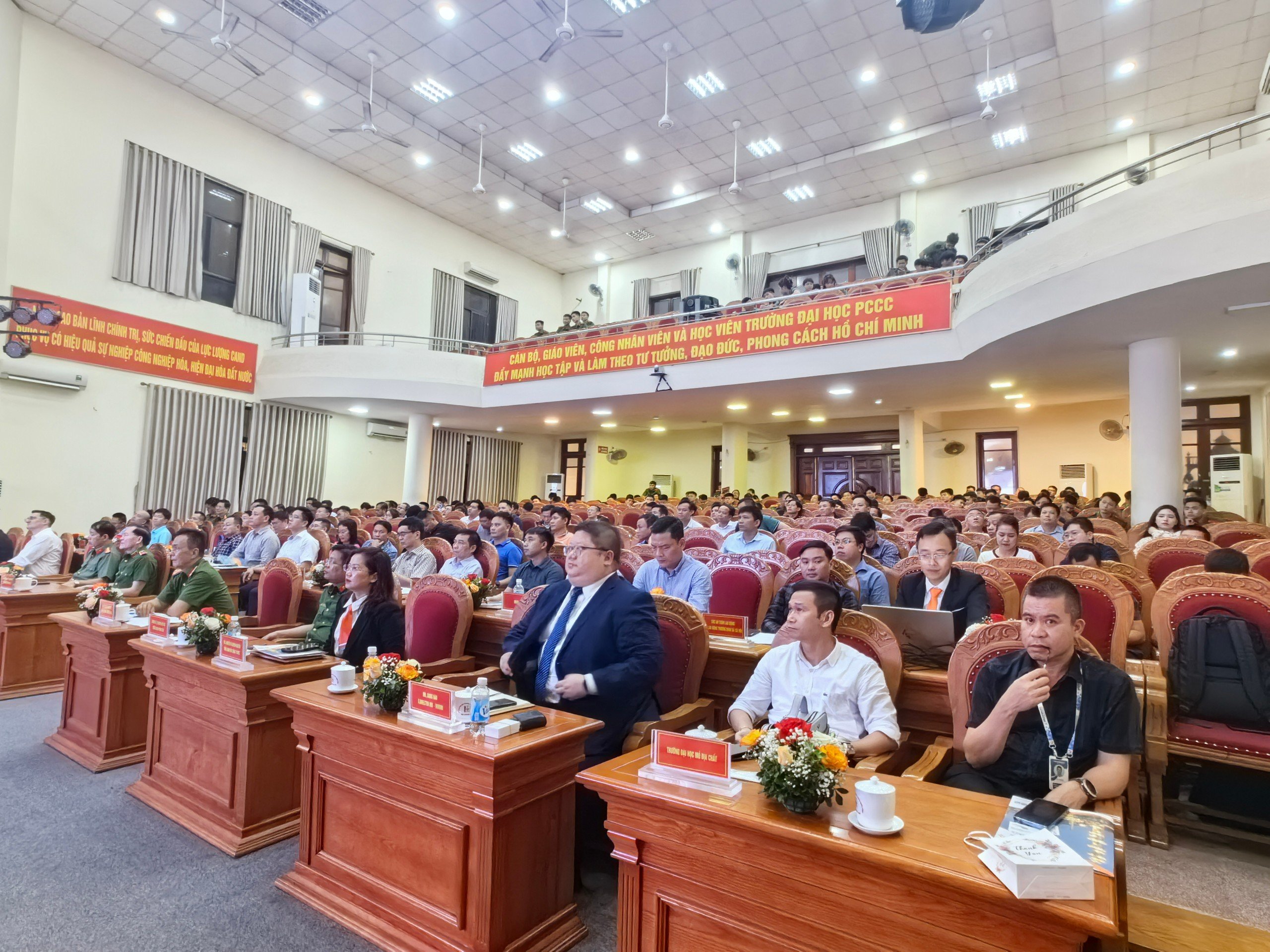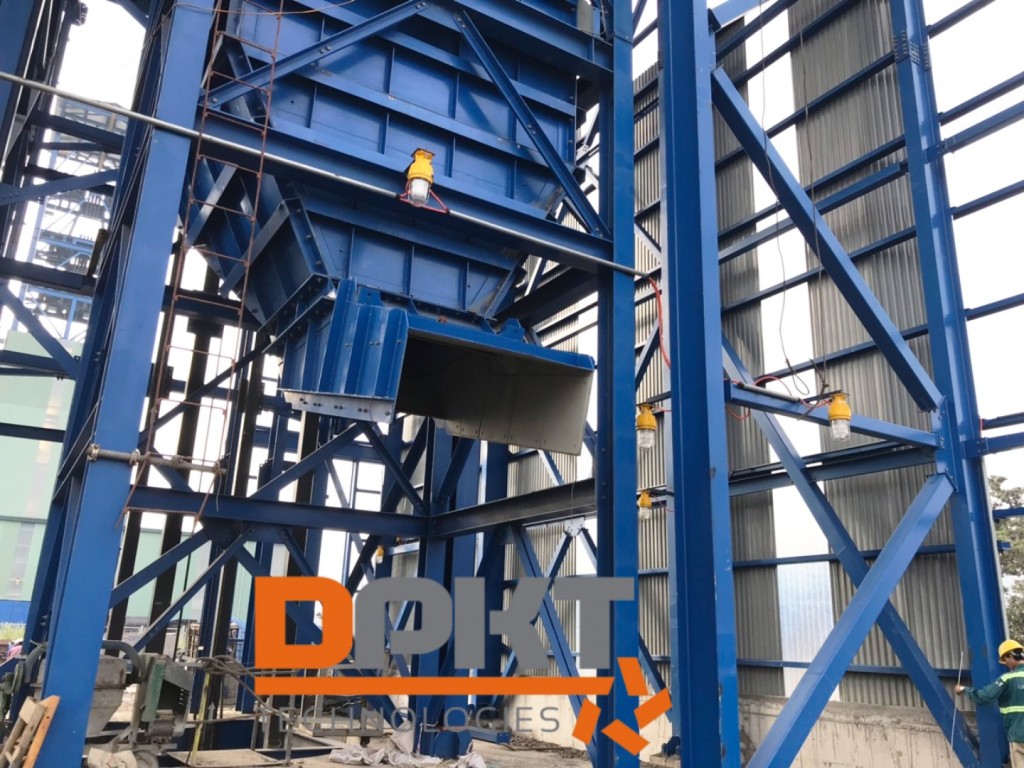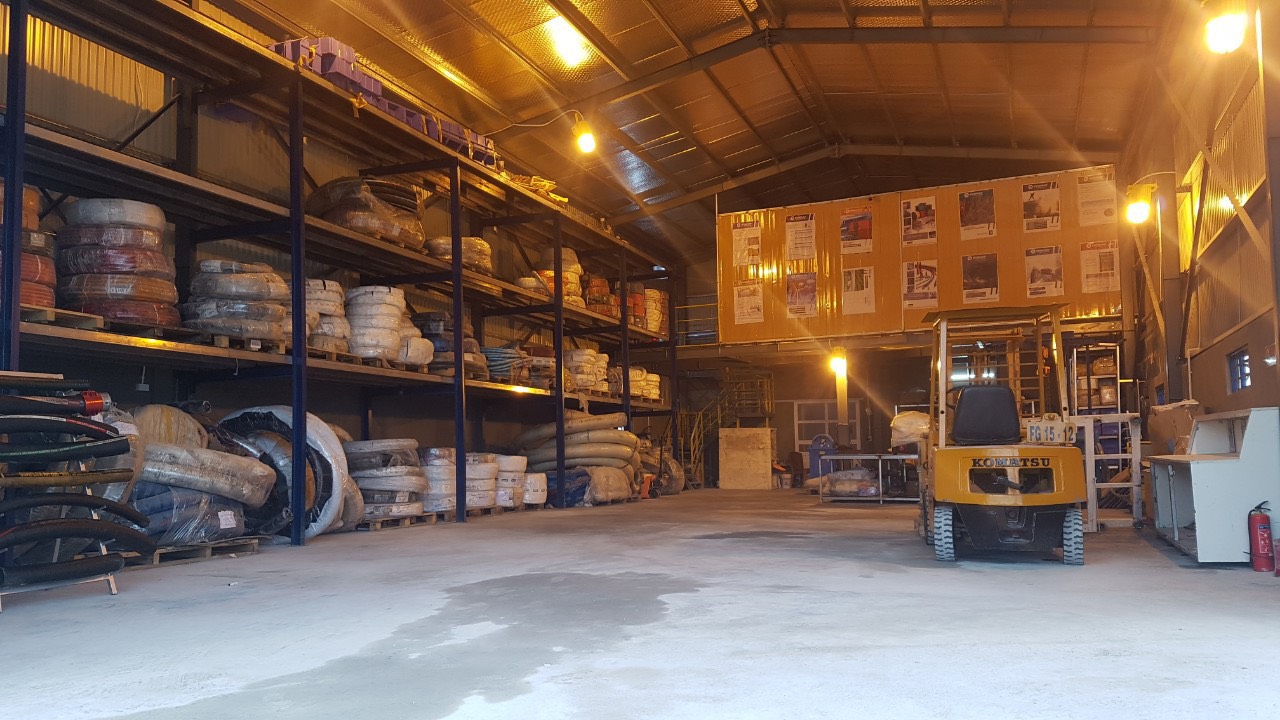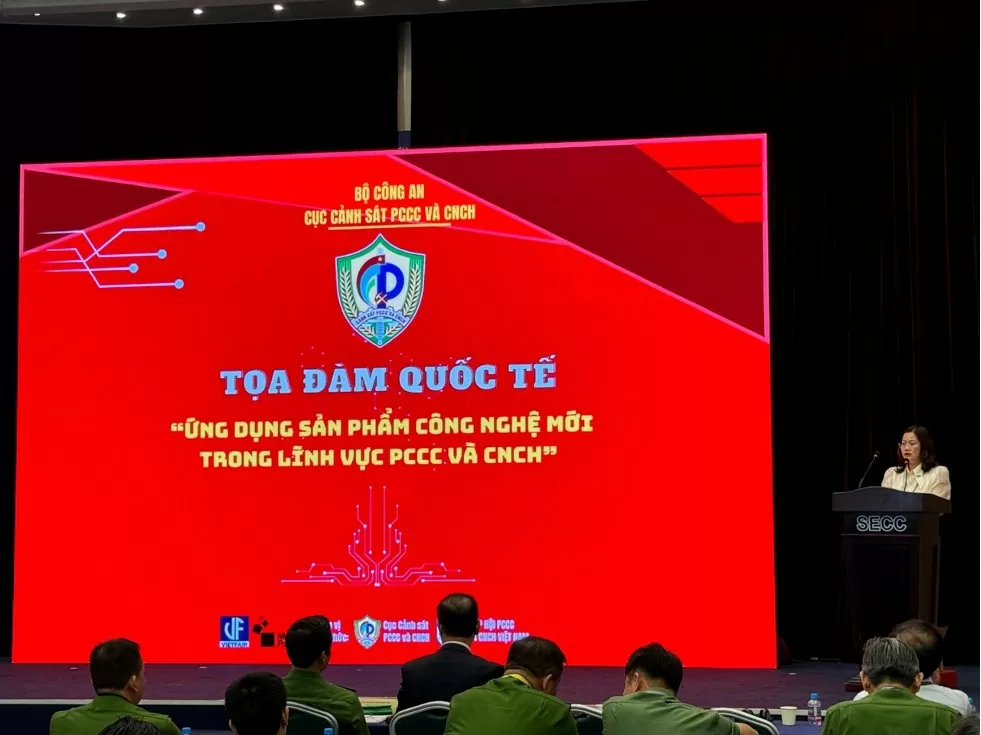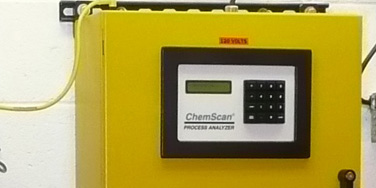
Statement of the Problem
Many utilities want to control a chloramination process by using existing chlorine residual analyzers in combination of with an analyzer able to detect free ammonia at trace concentration in the presence of chloramine. Up to the point of maximum monochloramine formation, a free ammonia residual will be present. This represents a fraction of the total ammonia present in the water, most of which is combined with chlorine. (For a more complete discussion, see ChemScan Application Summary #86, “Water Chloramination Process Control”.) Excess free ammonia can accumulate in the distribution system with negative effects, so free ammonia residual used for process control should be minimized.
Control Strategy
A 5 to 1 or less weight ratio of Cl2 to NH3-N will suppress the decomposition of monochloramine into dichloramine or trichloramine in water. If a modest free ammonia residual is maintained along with a target combined chlorine concentration after chloramine formation, the process can be maintained with chloramine concentrations near the monochloramine peak but not past this peak into the zone where chloramine decomposition into dichloramine or trichloramine begins to occur.
Apparatus
ChemScan Process Analyzers can be used to detect free ammonia at very low concentration, while compensating for the presence of combined ammonia, turbidity and other chemicals. Spectrophotometric methods are used for the analysis. Expanded path length flow cells can also be used which are capable of detecting free ammonia at a few hundredths of a part per million, if desired.

